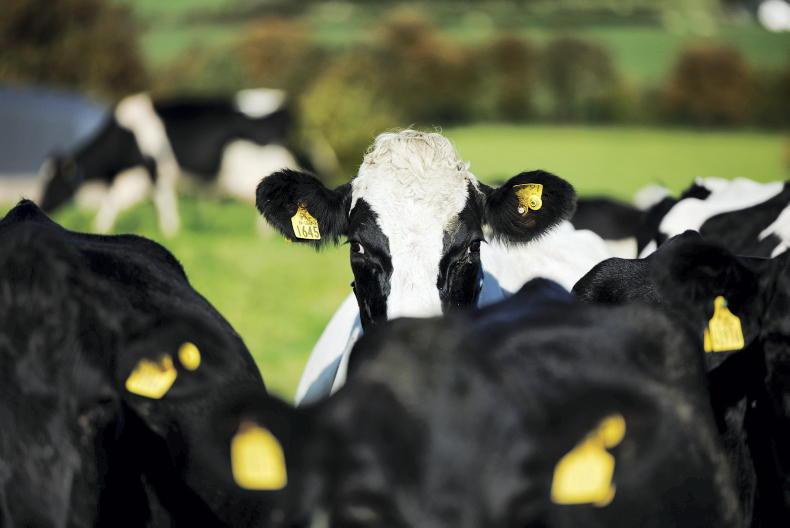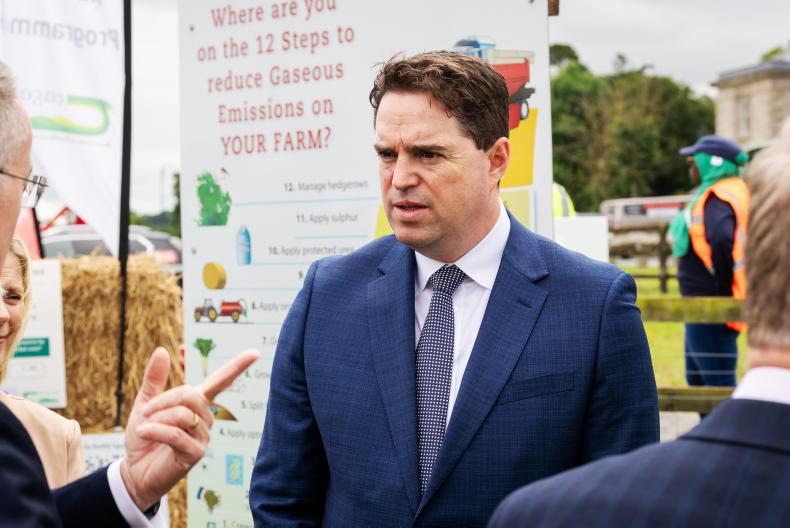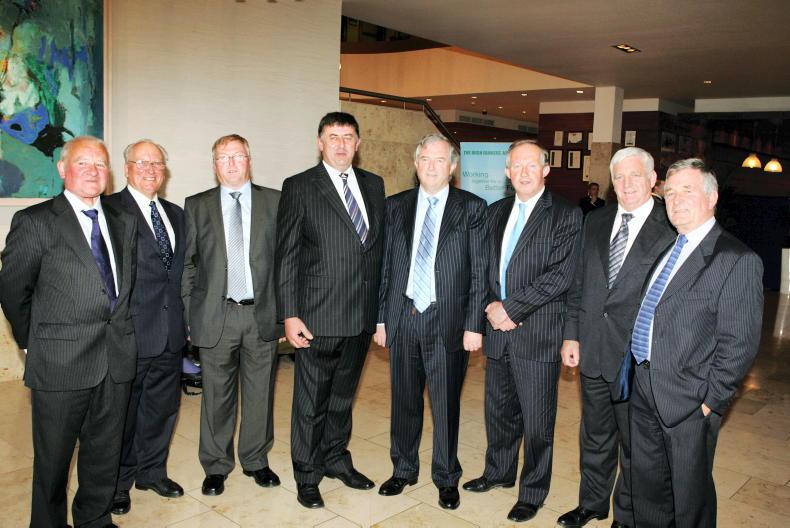When I took on the position of chair of the Food Vision Dairy Group, I knew full well that I was accepting a poisoned chalice. That expectation from the outset was rooted in a simple reality.
Policy changes where the outcomes would inevitably result in some cost for the average farmer were always going to be a difficult sell for any farm organisation.
For me, the challenge facing the group was to propose a set of measures to achieve the 2030 sectoral targets at minimum cost to farmers, processors and the public purse. A zero-cost pathway to 2030 is simply not attainable. But there is of course immense room for considering how this cost burden ought to be shared between the public and private sectors.
The political economy of achieving policy reform where some stakeholders will be losers is immensely difficult to tackle, irrespective of the wider merits of the policy in question. I remember many years ago working on budget policy, and specifically tax policy, with John Bruton. That experience showed that a policy change that delivered some gains for all, however small for a few, was always more likely to be acceptable than one which resulted in losses for some, however small, even where substantial overall benefits might be achieved. Paddy O’Keeffe referred to this policy conundrum in more captivating terms as a “negative-sum game” as opposed to the “zero-sum game”. But however the dilemma may be characterised, it’s clear it’s damn hard to see broad acceptance for measures, especially from those who’ll be losers. So “least-cost” solutions are always going to be challenging to win support for. What will make them more acceptable is if there’s a credible “backstop”. By backstop, I mean the implementation of solutions driven primarily by bureaucratic considerations.
It’s fair to say that many on the group were sceptical of whether the required level of public funding would in fact be forthcoming
It’s more likely that the latter approach to policy change will result in much higher implementation costs. In a previous article, I pointed out that in the case of New Zealand, the consultation process on the taxing of farm-level emissions was predicated on an explicit backstop policy being enunciated by government.
Least-cost solutions
The group’s approach was thus focused on identifying least-cost solutions to achieving the 2030 sectoral target. The approach was characterised by active engagement by all stakeholders and the outcome for this reason is more likely to represent a least-cost pathway to delivering the 2030 targets than any backstop.
Unfortunately, the group didn’t have an explicit backstop with which to benchmark our proposed measures against, which, if we’d had, would have clarified the tangible benefit of the least-cost approach that the group adopted.
It’s also important to understand that while the group was empowered to identify and recommend least-cost solutions, we were not empowered to recommend how the costs of adjustment could be offset and, in particular, how the costs should be apportioned between the public and private sector. The latter is a matter for decision by Government alone.
The next steps of the process initiated by the report, I expect, will lead to negotiations on this critical issue between Government and those stakeholders directly affected by the proposed measures.
I’m satisfied that broadly the menu of measures proposed by the group is appropriate. The recommendations were, however, as the report makes clear, conditional. There were of course disagreements on some of the measures and, in particular, the extent to which the chemical nitrogen reduction target was over ambitious and the degree to which the full implications of the voluntary exit/dairy cow proposal were appreciated. But the major point of conditionality, expressed by the farming representatives on the group, was on the extent and source of the funding required to effect the implementation of the set of proposed measures. It’s fair to say that many on the group were sceptical of whether the required level of public funding would in fact be forthcoming.
It recognised that the sector was being called upon to make transformational changes in its system of agriculture. But it was equally adamant that this transformational change would only be brought about on foot of substantial investment by farmers, processors and Government. This message runs throughout the report. I find it surprising to say the least that financial support hasn’t, as of yet, been pledged to enable the transformation required for agriculture. This contrasts with the well-publicised measures for the retrofitting of domestic dwellings and electric cars. And we’ve all heard the measures being promoted of late for businesses by Enterprise Ireland.
The group didn’t shy away from recommending that agriculture’s transition challenge needs an equivalent scale of support.










SHARING OPTIONS